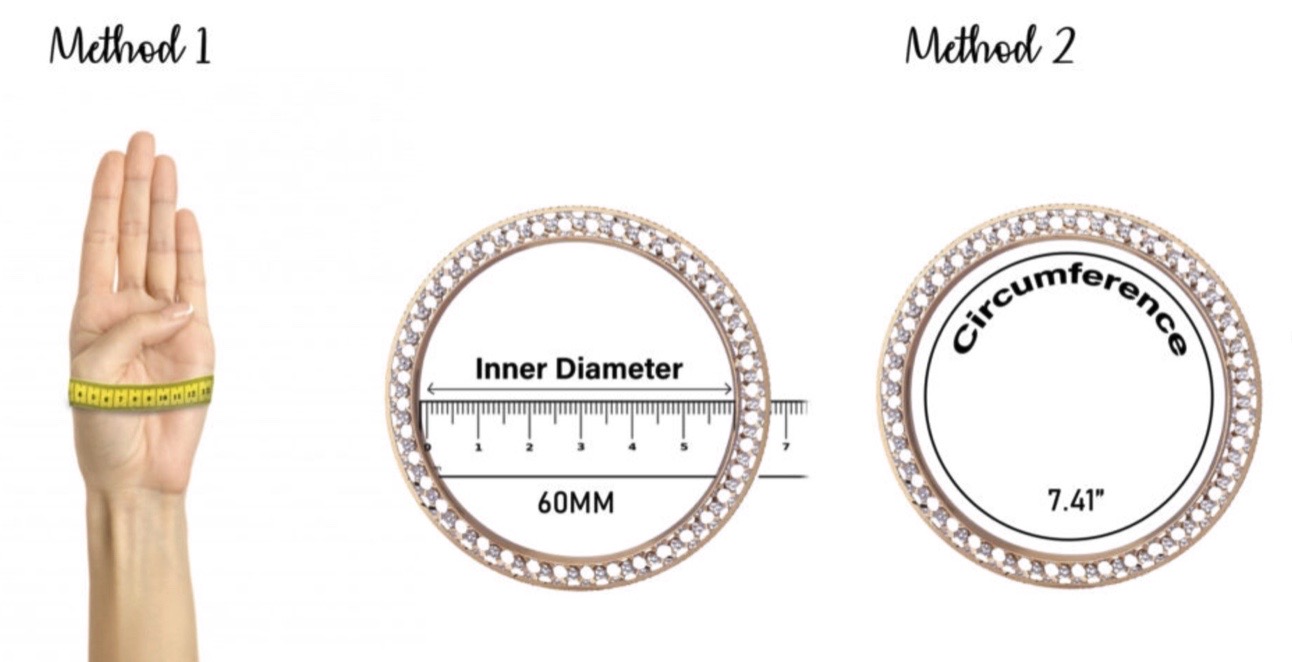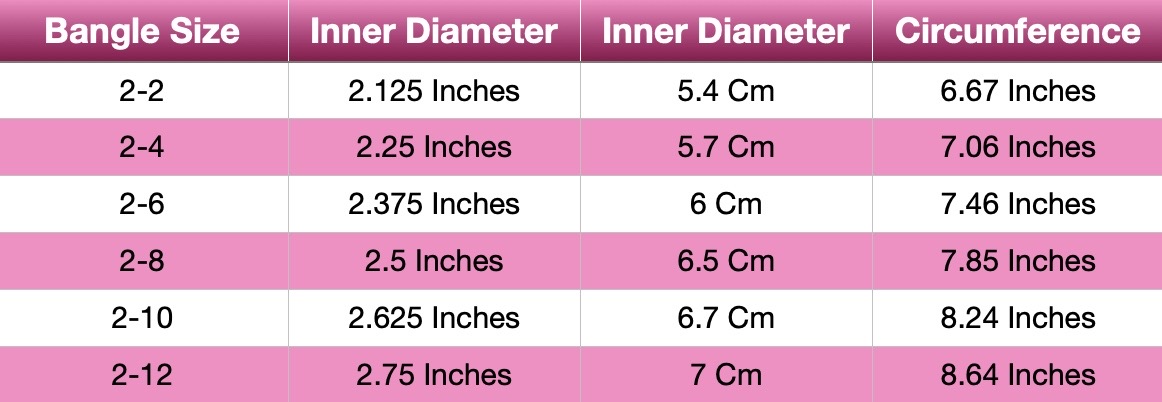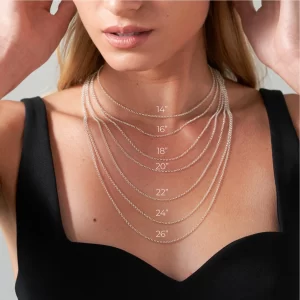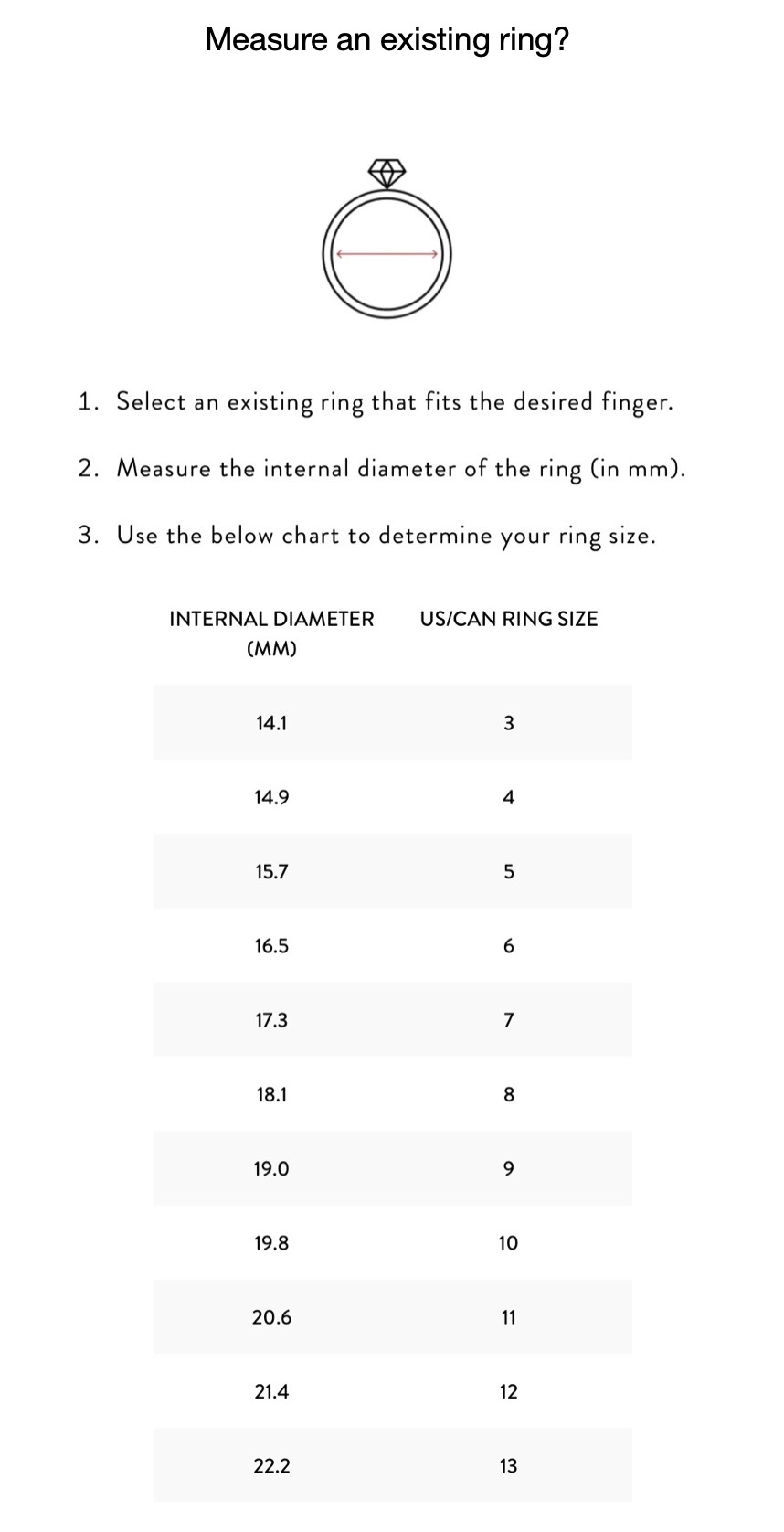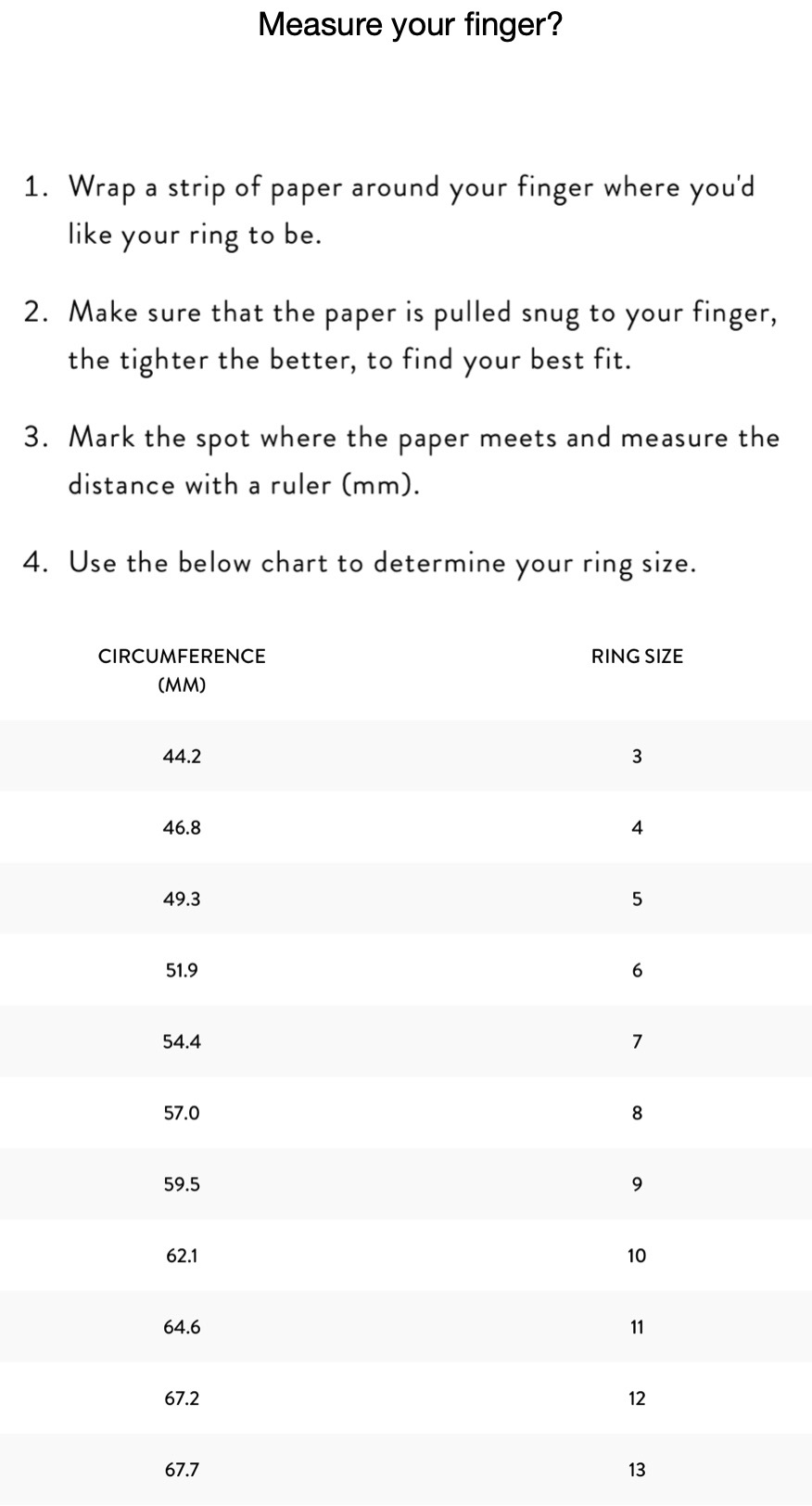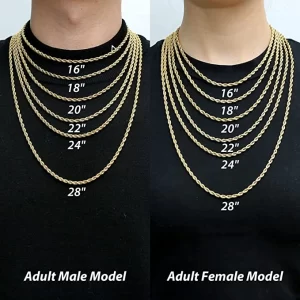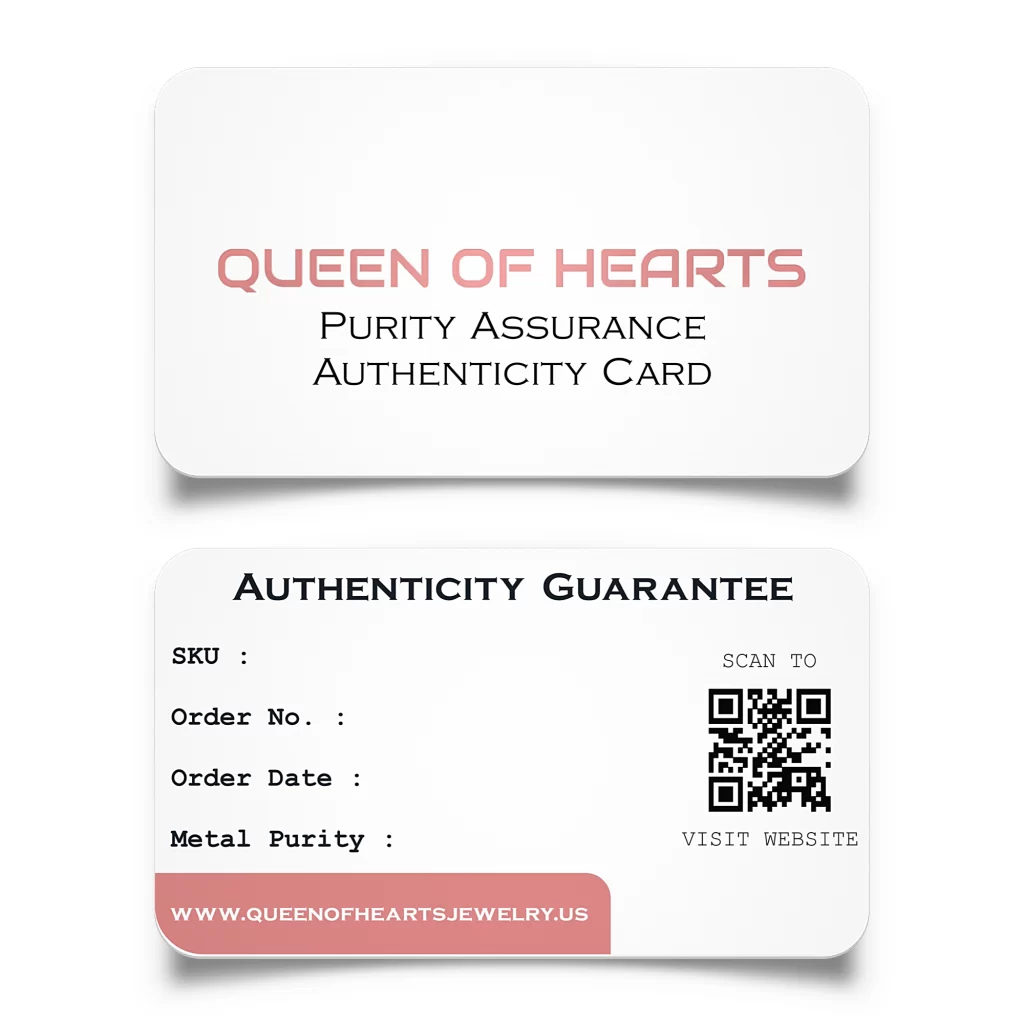7 mistakes to avoid when buying a Mangalsutra
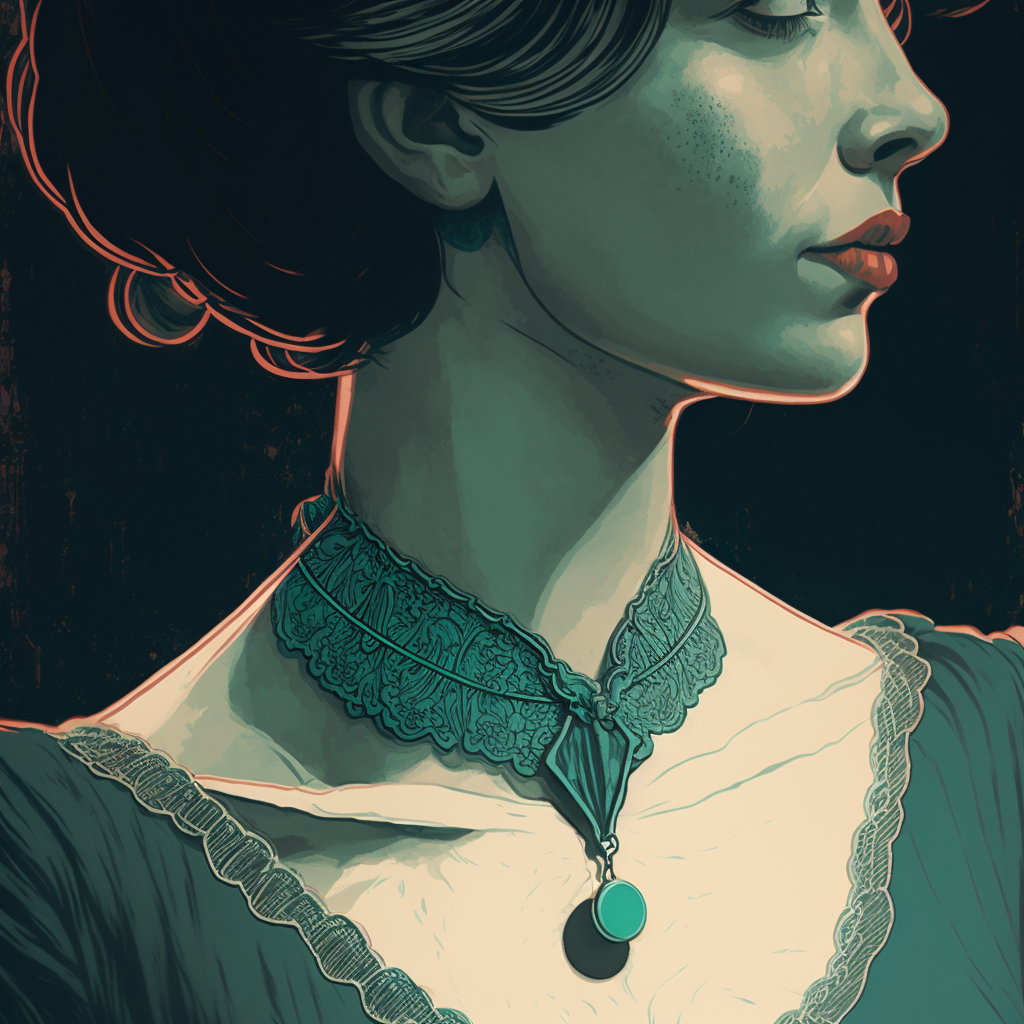
A mangalsutra is one of the most important pieces of bridal jewelry in Indian culture, but getting the right one for your ceremony can be a complicated process. While Indian tradition often stipulates that it’s the groom’s family who offer the bride her mangalsutra, modern Indian brides still get a say in how things are done.
So, what mistakes should you look out for when buying a mangalsutra? In this guide, we’re going to give you 7 pointers that can help you pick a mangalsutra – either with or without the help of your groom’s family – that will make you feel radiant, beautiful and cherished on your special day. Let’s take a look!
WHAT IS MANGALSUTRA?
Mangalsutra is a sacred necklace that is exchanged between the bride and groom during a Hindu wedding ceremony. It is an important symbol of marriage, love, and commitment in Indian culture and often consists of two strings of black beads with a gold or diamond pendant.
7 MISTAKES TO AVOID WHEN BUYING A MANGALSUTRA
So, what should you consider when choosing your mangalsutra? Here are some key factors to consider, so you make the best choice:
DON’T COMPROMISE ON PRACTICALITY
While traditional mangalsutra necklaces are often quite elaborate, they can also be uncomfortable and impractical. If you work in an office – or in any workplace with a formal dress code – it’s a good idea to look for pieces that are lightweight, and don’t feel too heavy on the neck or pull on your hair. Delicate gold chain necklaces with the essential black beading detail are ideal here – and you can even jazz yours up with a small pendant.
DON’T FORGET TO SIZE CORRECTLY
When you’re choosing a mangalsutra, make sure that it’s long enough – otherwise you won’t be able to wear it comfortably. The ideal length is between 18 and 22 inches (as this allows the pendant to sit above the heart) but if you have a larger neckline or want to layer it with other necklaces, you might need a longer one. It’s also important to make sure that the clasp of your necklace is secure – otherwise you won’t be able to wear it without fear of it coming undone or falling off.
DON’T SETTLE FOR POOR QUALITY
The quality of your mangalsutra is just as important as the design. If you want something that will really last, look for pieces with high-quality materials – such as 22 karat gold mangalsutra – as well as diamonds and gemstones that are certified by a reputable third party. Pay attention to details like the finish of the metal and the beads, too – poor quality pieces will quickly chip and tarnish.
DON’T FORGET ABOUT INSURANCE
Finally, if you’re making a hefty investment, it’s also important to make sure that your mangalsutra is insured for its full replacement cost in case of theft, loss or damage. Most jewellers offer insurance policies for jewellery purchases, so you can enjoy peace of mind when wearing yours all year round.
DON’T IGNORE CULTURAL SIGNIFICANCE
The traditional black beads of a mangalsutra necklace represent the sacred bond between husband and wife, so it’s important to make sure that they don’t become overshadowed by other design elements. If you want to add additional colour or accents, opt for smaller details such as gemstones or pearls, rather than taking away from the aesthetic of the traditional black beads.
INCLUDE REGIONAL COLORS AND DESIGNS
Various regions in India have their own preferences when it comes to mangalsutra designs, colors, and styles, so you may want to include these elements in your necklace. For example, Lucknowi and Rajasthani brides usually opt for a bolder statement look with large pendants, while brides from Kerala prefer simpler designs and lightweight chains. Even if it’s not exactly the color or design you imagined, a small nod to regional design will be sure to be appreciated by your extended family.
CHOOSE A MANGALSUTRA FOR EVERYDAY WEAR
Don’t forget that Indian brides wear their mangalsutras daily, so choose something that you’ll feel comfortable wearing for years to come. Look for pieces made from lightweight materials, and opt for designs that will go with different looks – from traditional bridal sarees to casual jeans and t-shirts.

